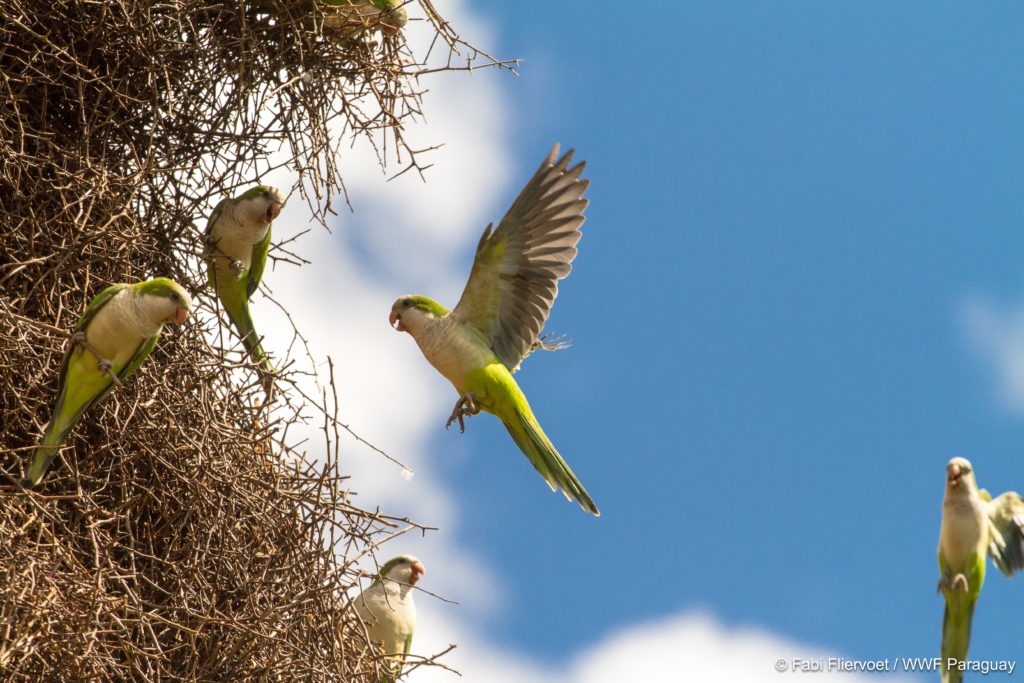Grasslands & Savannah Ecosystems
The report draws together information from around the world on the current status of some key grasslands and savannahs, describes how WWF is working to conserve these regions and introduces a new strategy to halt and reverse the losses summarised above.
We are glad to publish the final discussion paper “Grassland, Savannahs and UN Decade for Ecosystem Restoration”.
The paper highlights the importance of grassland restoration, showing the trade-offs and gives recommendations:
 There is still much to be learnt, about the specific dynamic of grasslands and savannahs, their history, their soil microbiota, the long-term role of fire and of grazing in their evolution and restoration, the interplay between pastoralists and grassland ecosystems, and so on. Some entrenched positions exist that are not necessarily backed up with hard evidence. Building a stronger and widely shared knowledge base about restoration of grassland and savannah could be one of the longer-term aims of the Decade, along with ensuring the existence of many restored ecosystems around the world.
There is still much to be learnt, about the specific dynamic of grasslands and savannahs, their history, their soil microbiota, the long-term role of fire and of grazing in their evolution and restoration, the interplay between pastoralists and grassland ecosystems, and so on. Some entrenched positions exist that are not necessarily backed up with hard evidence. Building a stronger and widely shared knowledge base about restoration of grassland and savannah could be one of the longer-term aims of the Decade, along with ensuring the existence of many restored ecosystems around the world.
Our recommendations (long version in the paper)
1. Better understanding of status and trends in remaining natural grasslands and savannahs
2. Making the case for restoration
3. Ensuring post 2020 targets address all natural ecosystems
4. Improving selection tools for restoration
5. Identifying and mainstreaming successful grassland and savannah restoration approaches


